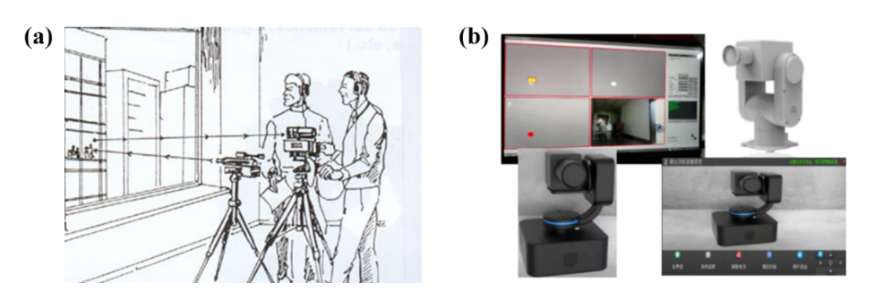Laser remote speech detection signal analysis and processing
The decoding of signal noise: signal analysis and processing of laser remote speech detection
In the wondrous arena of technology, laser remote speech detection is like a beautiful symphony, but this symphony also has its own “noise” – signal noise. Like an unexpectedly noisy audience at a concert, noise is often disruptive in laser speech detection. According to the source, the noise of laser remote speech signal detection can be roughly divided into the noise introduced by the laser vibration measurement instrument itself, the noise introduced by other sound sources near the vibration measurement target and the noise generated by environmental disturbance. Long-distance speech detection ultimately needs to obtain speech signals that can be recognized by human hearing or machines, and many mixed noises from the external environment and the detection system will reduce the audibility and intelligibility of the acquired speech signals, and the frequency band distribution of these noises is partially coincidently with the main frequency band distribution of the speech signal (about 300~3000 Hz). It can not be simply filtered by traditional filters, and further processing of detected speech signals is needed. At present, researchers mainly study the denoising of non-stationary broadband noise and impact noise.
Broadband background noise is generally processed by short-time spectrum estimation method, subspace method and other noise suppression algorithms based on signal processing, as well as traditional machine learning methods, deep learning methods and other speech enhancement technologies to separate pure speech signals from the background noise.
Impulse noise is the speckle noise that may be introduced by the dynamic speckle effect when the location of the detection target is disturbed by the detection light of the LDV detection system. At present, this kind of noise is mainly removed by detecting the location where the signal has a high energy peak and replacing it with the predicted value.
Laser remote voice detection has application prospects in many fields such as interception, multi-mode monitoring, intrusion detection, search and rescue, laser microphone, etc. It can be predicted that the future research trend of laser remote voice detection will be mainly based on (1) improving the measurement performance of the system, such as sensitivity and signal-to-noise ratio, optimizing the detection mode, components and structure of the detection system; (2) Enhance the adaptability of signal processing algorithms, so that laser speech detection technology can adapt to different measurement distances, environmental conditions and vibration measurement targets; (3) More reasonable selection of vibration measurement targets, and high-frequency compensation of speech signals measured on targets with different frequency response characteristics; (4) Improve the system structure, and further optimize the detection system through
miniaturization, portability and intelligent detection process.

FIG. 1 (a) Schematic diagram of laser interception; (b) Schematic diagram of the laser anti-interception system
Post time: Oct-14-2024





